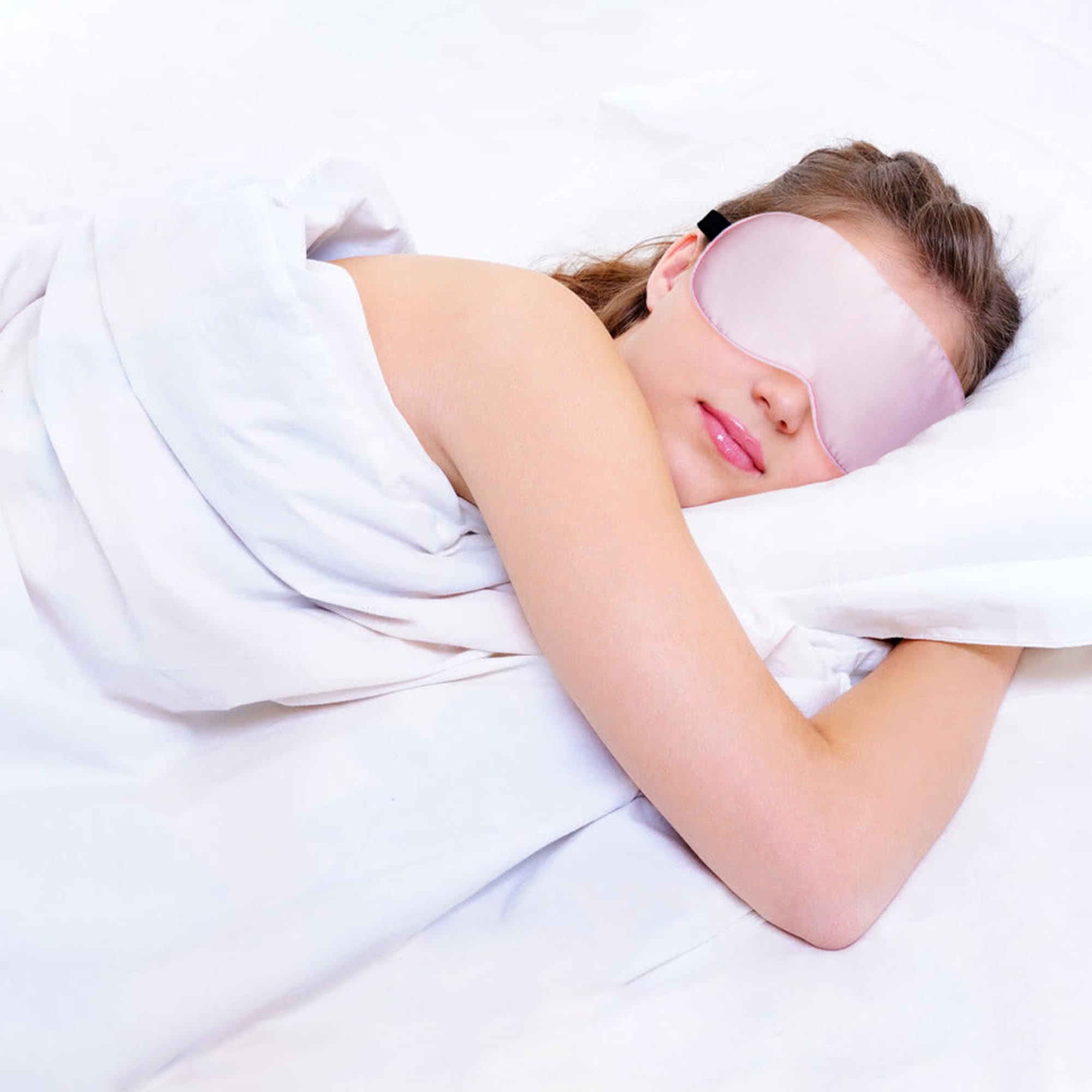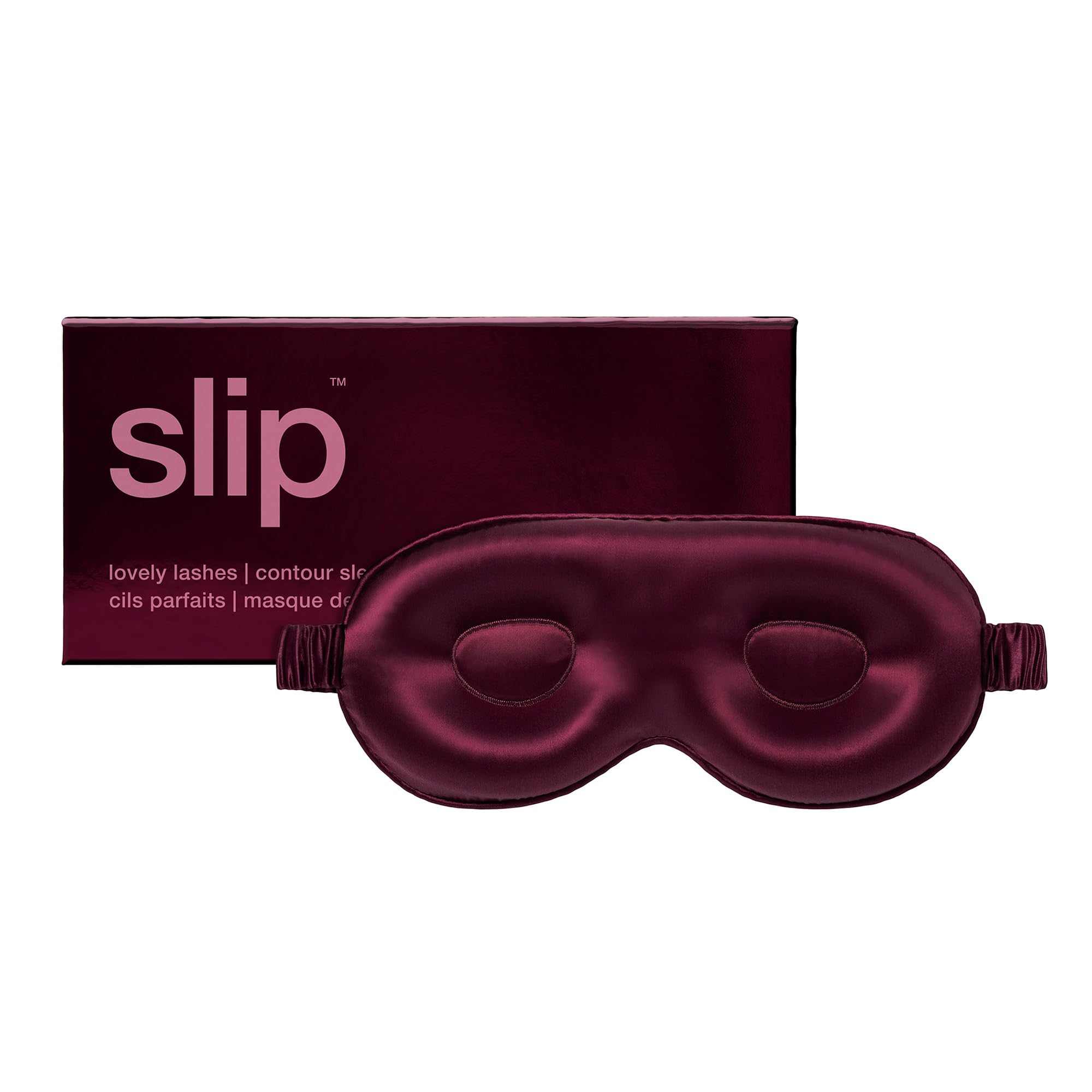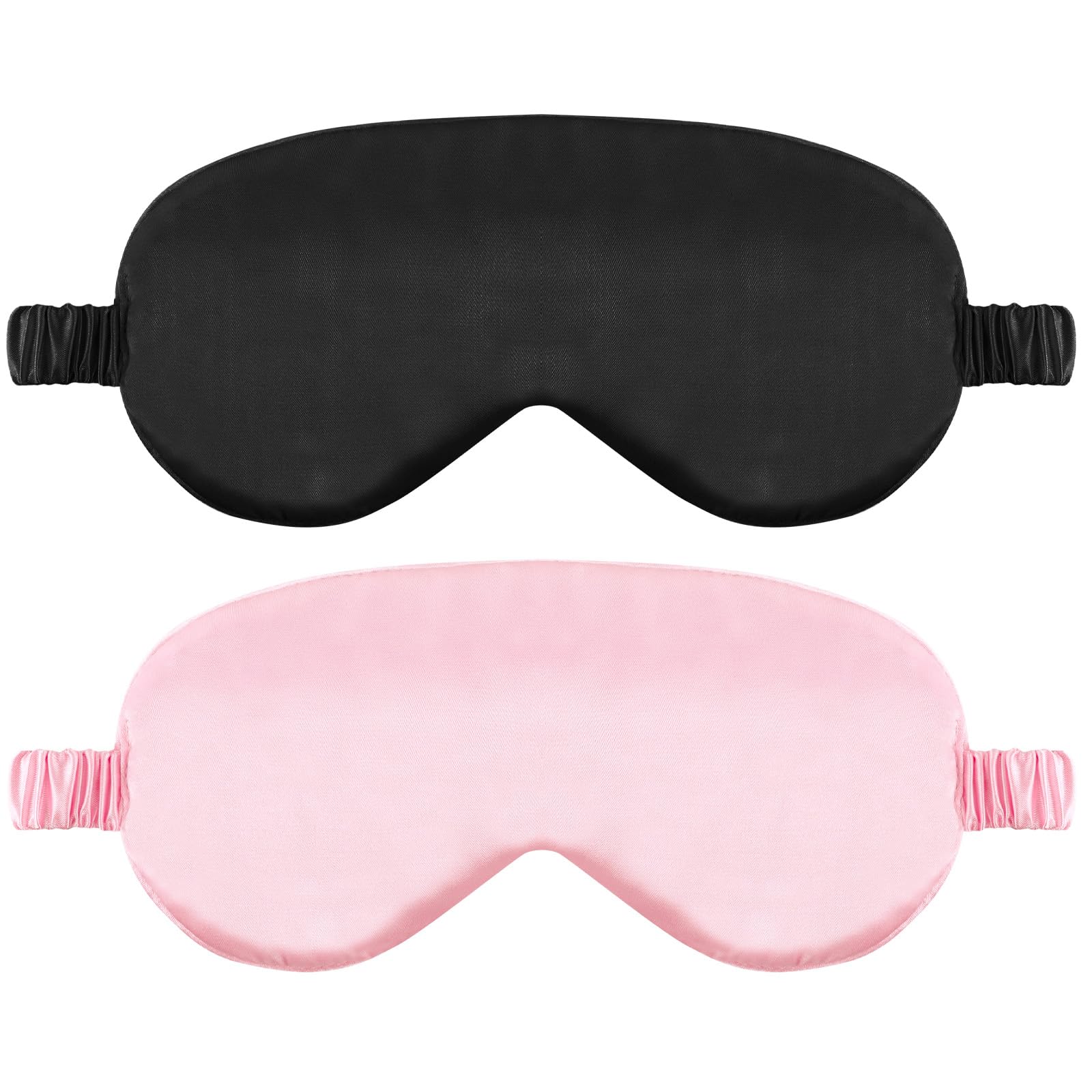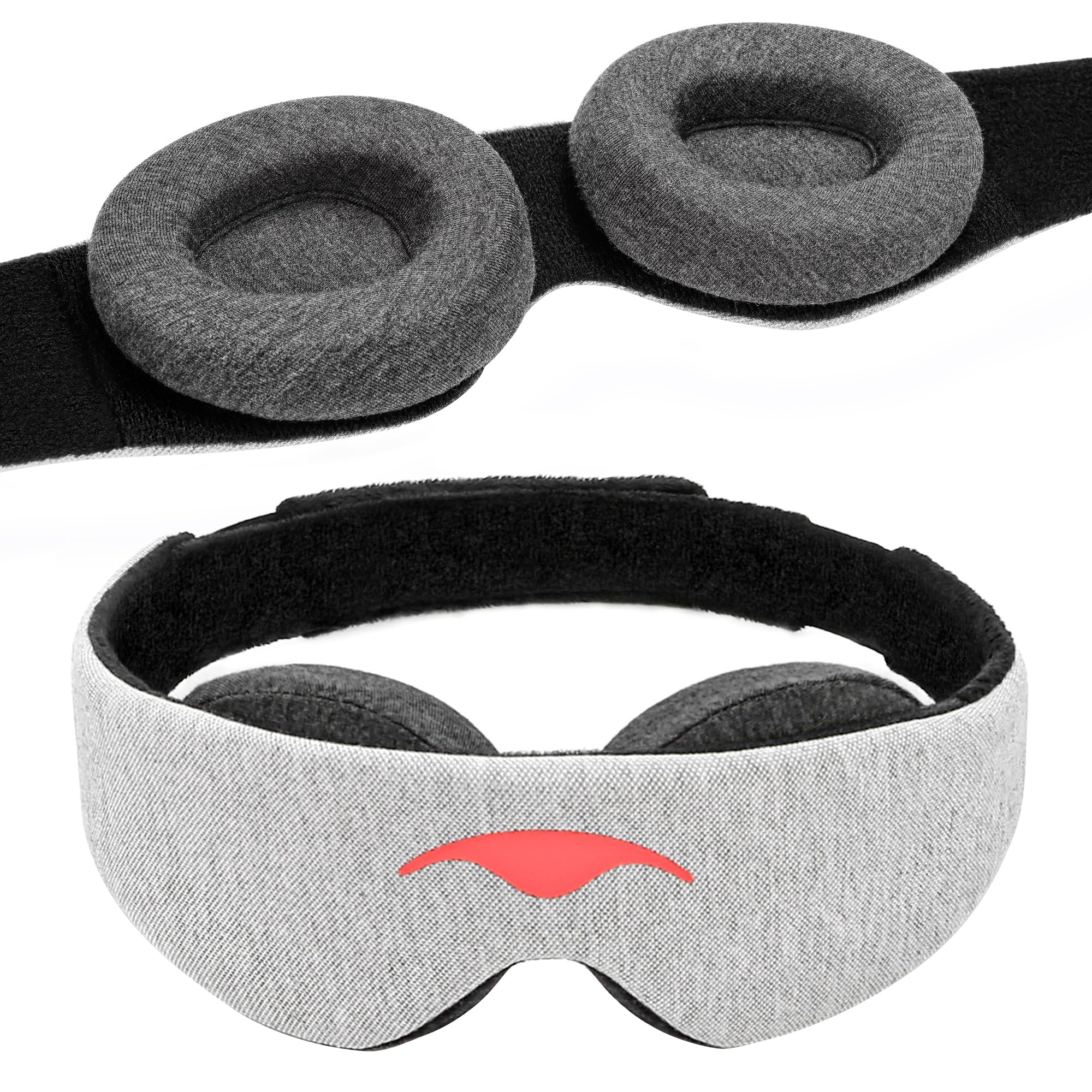Light slipping in around your nose can ruin an otherwise great sleep mask. The nose bridge is the trickiest part to seal because face shapes vary and small gaps let in bright streaks. This guide shows simple nose bridge fixes, explains which features block leaks without pinching, and helps you set strap height so the mask stays dark when you roll onto your side.
Light stays out with sleep masks that seal at the nose.
Why masks leak at the nose
Masks are flat when new. Faces are not. A straight edge across a curved nose creates gaps where light sneaks in. Contoured masks can tug fabric away from the bridge if the cups are large. Flat masks can bunch at the cheeks. Humidity and skincare also reduce grip, so the mask shifts as you sleep. Sealing the nose means shaping the bridge and setting strap tension so the edge rests gently along the contour instead of bridging over it.
Adjustable bridges that work
Masks with wire or shaping strips let you mould the bridge to your face. Pinch gently, then smooth the edges outward so the fabric lies flat without a sharp fold. Foam inserts along the nose can fill tiny gaps without pressure. Look for masks with a soft foam nose bridge or a siliconised insert that conforms to the curve. These designs block light while staying comfortable for long nights.
Strap height and tension
Straps that sit too high pull the top edge down onto the bridge, which can cause pressure and still leave gaps at the cheeks. Straps that sit too low push the lower edge up when you sleep on your side. Set the strap so it crosses the widest part of the back of your head and supports the mask evenly. Tighten only enough to keep the mask in place. Extra tension does not improve the seal and can make leaks worse by warping the shape.
Face shape and mask choice
If you have a narrow nose, look for masks with a narrower bridge so fabric does not bunch. If you have a prominent bridge, choose a mask with a flexible insert that shapes to the contour. Test in a bright room. Tilt your head and roll your eyes left and right to see if light sneaks in. Adjust the bridge and strap height until the streak disappears. A few minutes of setup pays off with darker nights.
Fabric and cleanliness
Clean fabric grips better. Wash the mask regularly to remove skincare residue. Silk feels gentle and reduces friction on skin. Cotton has a little more grip and can help a flat mask stay put. Foam bridges should be dry before use so they do not slip. A clean mask holds its shape and seal longer through the night.
When to try a different style
If you have tried shaping and strap adjustments but still fight leaks, switch styles. A flat mask with a built in nose flap can seal better than a contoured mask on some faces. Conversely, if fabric on the eyelids bothers you, a contoured mask with well placed cups can create darkness without contact. There is no single best mask. The right one is the one that seals on your face with minimal tension.
Masks with effective nose bridges and soft straps feature in sleep masks that stop light leaks. Where noise is also an issue, comfortable earplugs that seal well help create a calmer bedroom.
FAQs
How do I stop light at the nose with a flat mask?
Pick a mask with a flexible bridge or a small foam insert. Shape it to your nose with gentle pressure and set the strap so the edge rests lightly along the contour.
Are contoured masks better for leaks?
They can be, but only if the cups and bridge are the right shape for your face. Try both styles and pick the one that seals with the least tension.
How tight should the strap be?
Just tight enough to hold the mask in place. Overtightening warps the edge and can create gaps at the nose or cheeks.





